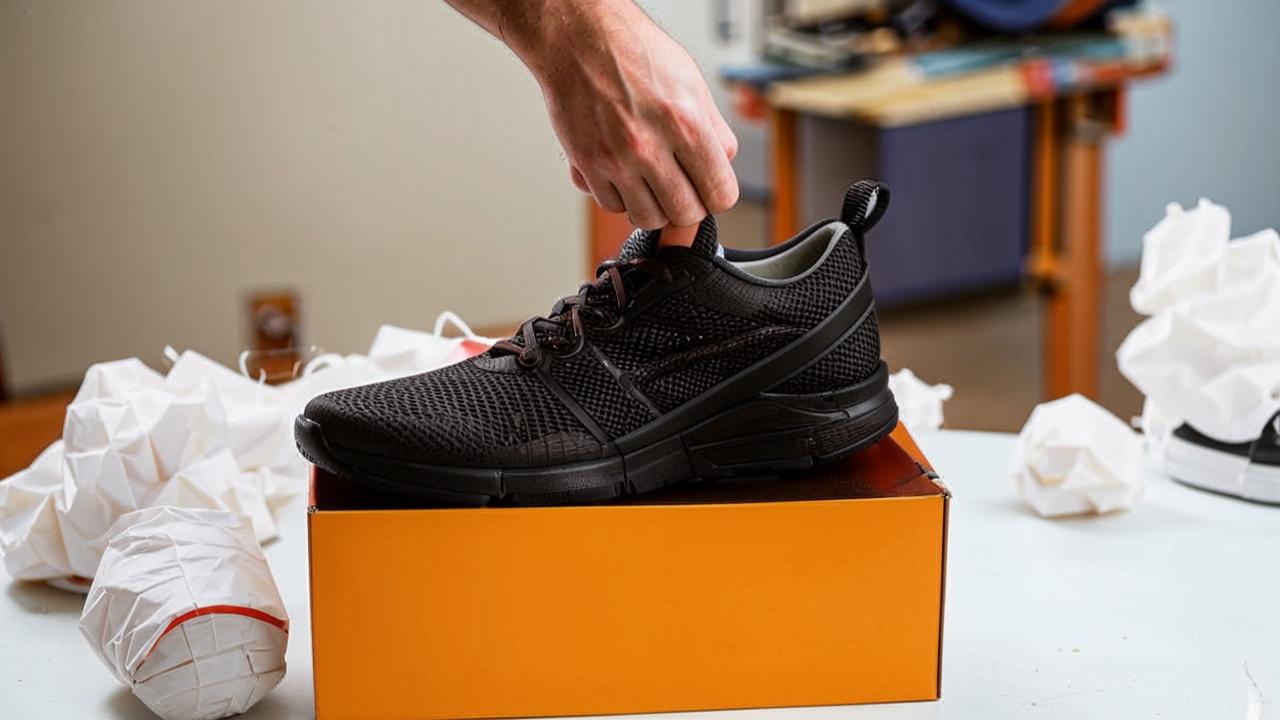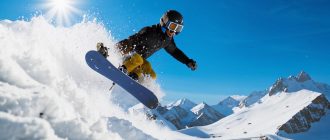
Sportmaster PRO expert
In summer, you don’t want to part with your sneakers. But even if you have a favorite pair, you should not wear it everywhere. For different types of exertion – everyday wear or training – it is safer to use different models. Is it possible to run in walking sneakers and how to choose shoes depending on your type of activity?
Model
Walking sneakers are usually a very comfortable and soft model. It sits on the foot and has an anatomical insole. They are meant to be like this. Because of the convenience, the temptation is high not only to walk, but also to run in them or train on the street vorkout platform.
But you should not do this, because the models for everyday wear do not have the most important thing – cushioning and fixation of the ankle. Without them, your feet and knees will have to bear a much higher load. The bottom line is injury, foot slump, and accelerated joint wear.

While walking shoes may feel quite stiff and springy to the touch, these properties often disappear once they are worn. Choose athletic models for training, even if the design of sneakers from the regular store seems suitable for training. Shoes for sports are created with composite materials, which provide better cushioning and wear slower.
Upper material
Sneakers for everyday wear or walking tend to wear quickly, fit as naturally as possible, and breathe. Fortunately, today there are many materials that provide these properties. First of all, leather, suede, as well as linen and denim. Feel free to choose models with uppers made of these fabrics for walking around the city.

In the case of training, the requirements are different. Footwear should allow air to pass through, but at the same time remove moisture, as the leg during exercise is more sweaty. Suitable synthetic mesh upper – such is often the case with running shoes.
The sole
Our hope and support, and it has special requirements. On the shelves of shoe stores you can often see walking models with a wide relief platform. Aggressive tread is in trend today, but its functionality can be argued.
In the city in summer it will perform a decorative function, so shoes with such a bottom will suit those who want to add more boldness and confidence to their image. Or those who often tuck their feet in: the wide platform gives a large footprint.

In sports, however, other features are important. The first is the ability to control the foot. The narrower the sole, the more precise the athlete can change its position. The second is grip. To prevent the foot from slipping, the bottom of running shoes includes composite materials.
The sole of shoes for basketball, volleyball and other game sports, where the direction of movement changes every few seconds, are made of rubber. And a separate case – water sports. The main requirement is maximum water resistance. The sole should have many small holes, which will allow water to instantly escape from the boot.
Amortization on different surfaces
The choice of sole also depends on what surface you are exercising on. Asphalt, tile and gravel paths are the most “killer” surfaces for joints. So for jogging on city parks, embankments and streets, you need the softest sole with the highest cushioning.

The rubberized surface of playgrounds and sports stadiums spares us a little more, so shoes with medium shock-absorption properties are suitable here. For cross-country running, you need a combination of cushioning and relief tread – trailrunning shoes are the best way to meet this requirement.
Cushioning technology
From the outside, all models seem similar to each other. But each manufacturer has its own technology that enhances the shock absorption of shoes. Nike has hidden an air cushion inside the sole, Puma uses foam, adidas implements Airboost technology not only in sports, but also in everyday models.
Asics technology is also known on the market: in some models of this brand, one of the most popular among runners, there is a gel cushion in the heel area, which makes the shoes very soft. Asics also uses Trusstic technology, thanks to which the sole of the sneaker does not twist during running and remains stable, which is especially important for people with flat feet.

The advantages of this or that cushioning technology is best to check on yourself, because each of us feels the load in his own way. Therefore, you should buy shoes in an official store with a fitting, after consultation with the seller. This will also help to avoid fakes, which popular models have plenty.
There are a few recommendations concerning both walking and sports shoes. Avoid black “top”: in summer it will be more heated, and feet – sweat profusely. In the warm season, the foot tends to swell, so it is better to choose a half size or a size larger.

Finally, do not wash sneakers, no matter what they are intended for. No manufacturer recommends this. Machine washing often deforms the shoes and accelerates their wear and tear. Therefore, care with sponges and foaming agents that are sold in stores. And then your favorite pair will serve you for more than one season.






